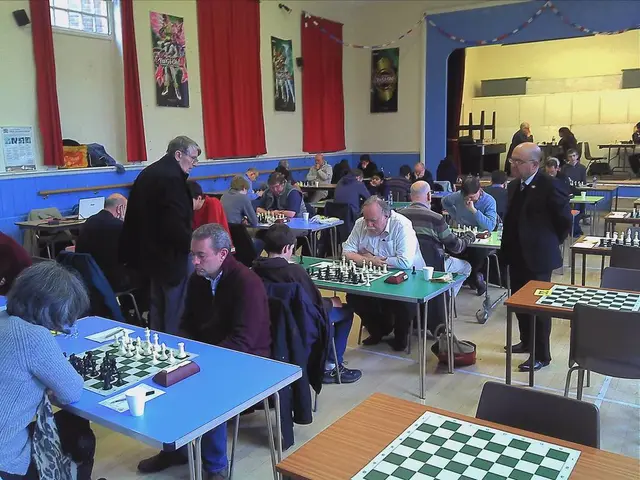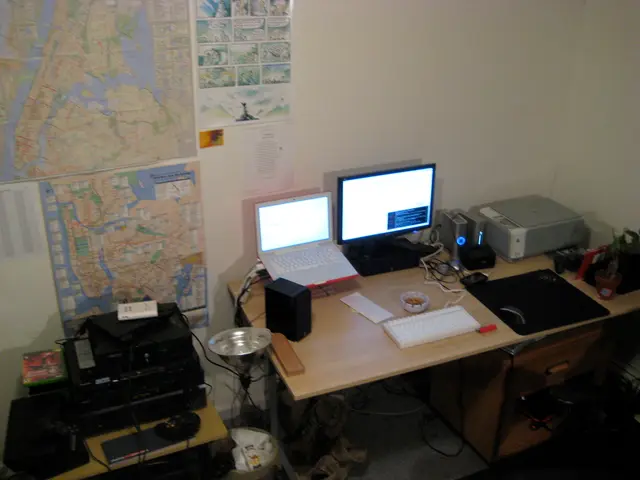Khabarovsk Medical College Expands Budget Student Seats
Khabarovsk State Medical College: An Institution of Health and Education
Tracing its roots back to 1936, Khabarovsk State Medical College stands tall as one of the oldest educational institutions in the region. Originally opening its doors in the dining room of the Khabarovsk Regional Hospital, it was a humble start, with 38 students embarking on a journey to become medical professionals.
A Legacy of Perseverance
In the face of a critical shortage of doctors, these early students faced immense responsibility. Oftentimes, medical workers, particularly in remote settlements, took on multiple roles, serving as therapists, dentists, pediatricians, and even surgeons. Yet, the high level of training and practical experience made graduates of this school highly sought-after, not only in the Khabarovsk Krai but beyond its borders.
Fast-forwarding to post-World War II, the school moved to a new location on Tikhaya Street, 35, and in 1953, it received a new status, becoming Medical College No. 1. This development marked the beginning of a series of expansions, including a merger with the Feldshers-Midwifery School and the Pharmaceutical College, bringing the institution to the forefront of educational institutions in the Far East.
In 1984, the college returned to its original location, settling into the vivarium building on the territory of the Krai Clinical Hospital No. 1 on Krasnodarskaya Street, 9. This move signaled a new chapter in the college's history, one that would endure the challenging period of perestroika and ultimately adopt its current name - Khabarovsk State Medical College.
Reach and Impact
Today, the Makarov State Medical College extends its reach with branches in Komsomolsk-on-Amur (established in 2002) and Nikolayevsk-on-Amur (since 2008). True to its roots, the college exclusively focuses on the education of medical personnel, offering training in four directions: "Nursing," "Medical Care," "Midwifery," and "Laboratory Diagnosis."
In addition to traditional programs, the college offers a variety of additional education courses, such as "Radiology," "Physiotherapy," "Dietology," "Operating Room Nursing," and "Cosmetology Nursing," among others. The college also ensures that medical personnel receive regular professional training and retraining, which includes the positions of medical registrar, disinfectant, sanitary workers, junior sister of mercy, and junior medical nurse.
Periodically, experimental groups are formed, as exemplified by last year's unique graduate class of therapeutic masseurs. Remarkably, this was the only group that graduated without a single student being lost, according to Elena Novik, who has over 30 years of experience in the college.
The Pursuit of Excellence
Medical education is in high demand today, a fact clearly reflected in the college's control figures for admission. Whereas in 2015, the college admitted approximately 450-500 students for budget training, including branches in Nikolayevsk and Komsomolsk, the number of admitted students is expected to reach 1100 by 2025-2026. This growth is remarkable, especially when compared to other institutions of higher education in the Khabarovsk Territory. Moreover, the results of the Unified State Exam are not a criterion for admission – only the average score in the certificate is considered.
Creating opportunities for career advancement is a priority for the college. This is evident in the increasing admission quotas, which have enabled a change in direction for many adults, including those with backgrounds in fields such as law, education, and finance, who now seek to apply their skills in the medical field. Intriguingly, these applicants have higher average high school grades than traditional college students.
That said, the dropout rate is significant, given the demanding nature of medical education. It's not just about the fear of blood or the daunting stories of morgues. Medicine encompasses a wide range of roles, and while some individuals may work directly with patients, others may focus on areas such as functional diagnostics or radiography, where contact with biological materials is minimal. Ultimately, the challenge lies in the rigorous curriculum, and if an individual lacks a strong calling to the field, they may find themselves struggling to complete their studies.
Evolving with the Times
The system of secondary professional education is receiving more attention now than it did just two decades ago. The state is offering support in several key areas, including:
- Direct funding to modernize facilities and laboratories.
- Grants to improve educational resources and teaching methodologies.
- Professional development for faculty members to keep them up-to-date with the latest methods and technologies in medical education.
Yesterday's simulators and phantoms have given way to state-of-the-art technology, such as the Simulation-Accreditation Center in Komsomolsk-on-Amur, which was recently outfitted at a cost of over 14 million rubles. The college's department in Nikolayevsk-on-Amur is also scheduled for an upgrade, with nearly 10 million rubles allocated for the project. Furthermore, the college has invested in high-quality simulators and phantoms for its classrooms, with each piece of equipment costing up to five million rubles.
But what truly sets the college apart is the opportunity it offers its students to complete practical training in healthcare institutions with their future employers. From their first year, students have access to intensive care units, operating rooms, and laboratories, providing vital hands-on experience that sets them up for success once they graduate. As medical assistants primarily work hands-on, learning solely from textbooks or simulators is not enough to prepare students for their careers in the rapidly evolving world of healthcare.
- The Khabarovsk State Medical College, with its roots deep-seated in 1936, is not just an educational institution but a beacon for health-and-wellness, science, and learning, having originally opened as a humble dining room for medical-conditions education.
- By offering diverse training in nursing, medical care, midwifery, laboratory diagnosis, radiology, physiotherapy, dietology, operating room nursing, cosmetology nursing, and other fields, the college plays a pivotal role in education-and-self-development, fostering a skilled workforce for health and wellness.
- As it continually invests in modern facilities, cutting-edge technology, and faculty professional development, the college emphasizes the importance of staying current in an ever-changing medical landscape – a testament to its commitment to excellence in health-and-wellness, science, and learning.








